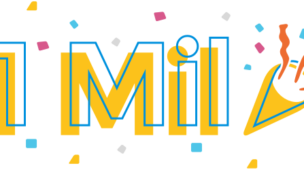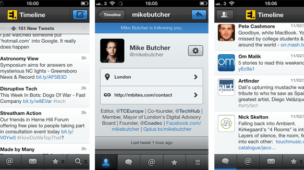We all love twitter. As self-confessed twitter-addicts we seem to be spending more and more time with twitter every day. We’ve always been fans of apps to view and post to twitter,but since the brilliant redesign we have found ourselves predominantly using the web interface for desktop interaction.
Tweetbot is still our preferred mobile client. There are however some hangovers from the previous design that with very little effort could improve the experience for all.

As designers one of the most important of these is how your twitter page looks. Many twitter users utilise the custom twitter background image to help differentiate both their profile and browsing experience on twitter.Brands and creative individuals use it to great effect, expressing more of their personality with it.

The current situation is not ideal as this background image is fixed top-left while the rest of the site is centrally aligned; the position of the background image is not horizontally-locked to the rest of the page content. A different visual alignment is displayed depending on each viewer’s browser window width. You’ll see what I mean if you look at our twitter profile page and try scaling your browser window.
Everyone would have a better experience if twitter modified the background image (likely a single line of code in the CSS) to be centrally aligned. Twitter profiles could have more possibilities for individual expression, using the space either side for those with large enough resolutions to receive the benefit (over 80% global majority now).
We have (very roughly) mocked up a quick demo of this to compare to the live twitter page:
Please twitter, we would love to see this small change implemented.
Update
Success! Whether due to us and others complaining or just common sense iteration, twitter has now officially added this feature! Thanks to all who posted their tweets on this matter. We are all now much happier designers & twitter users! Now lets get creative, and also start using those lovely new twitter profile cover images.
Want to style your twitter page? You might find our twitter GUI PSD downloads useful.



